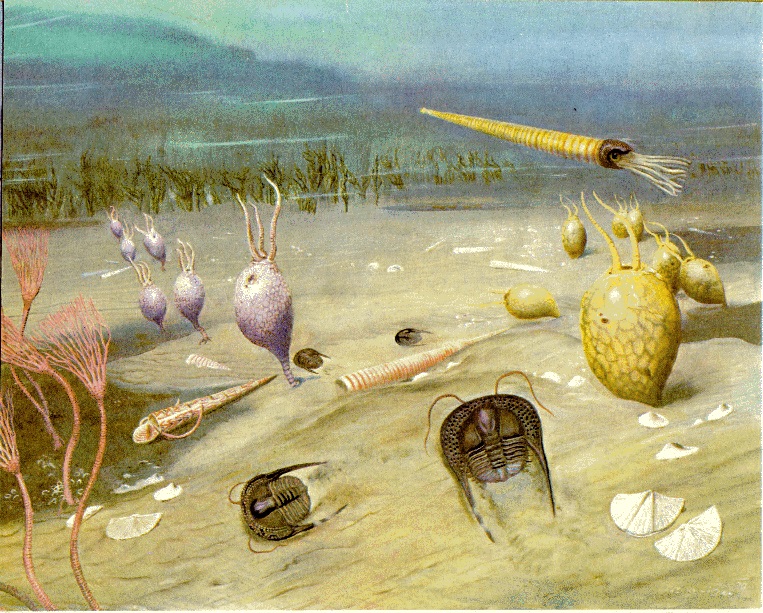Scientists at the Laboratory of Geochronology and Geodynamics will be investigating the correlation between magmatic processes and mass death of biological species at the end of the Ordovician period. Using radioisotope dating, researchers will see what happened almost 400 million years ago and estimate the ecological conditions of that time. This will help to understand whether the largest eruption of ancient volcanoes could have led to a biological catastrophe, as a result of which 85% of living organisms disappeared from the Earth’s surface.
- Modern studies indicate that one of the most important factors in the sudden change in the environment was large intraplate magmatic events, called large igneous provinces (LIPs), - said Richard Ernst, head of the Laboratory of Geochronology and Geodynamics, a scientist at TSU and Carleton University. - Large-scale emissions of magma and greenhouse gases of at least 100,000, and more often up to 1 million, cubic kilometers led to dramatic climate changes - acid rains, sea level change, global warming, and glacial periods.
It is established that four of the five main extinctions, including the events of the end of the Cretaceous period (66 million years ago, 75% of all species lost), at the Permian-Triassic boundary (251 million years ago, during the formation of LIP Siberian traps, 95% of species died) and other extinctions, designated the Big Five, have a clear temporal correlation with the emergence of LIPs.
The glaciation at the end of the Ordovician period (441 million years ago) and the mass extinction of biological species at that time seem to be an anomaly, as this is the only major mass extinction for which connection with an LIP has not yet been established. TSU geologists will determine whether igneous processes were the main cause of these destructive events.
- We have several tasks under the project,- says Richard Ernst. - First, to develop a new scientific approach that will allow tracking peaks of magmatic activity in the time interval from 500 to 400 million years ago in the Surdak LIP in the Verkhoyansk Region. It is this magmatic event that occurred in modern Eastern Siberia that is one of the candidates for the cause of Ordovician extinction of the biota. In addition, the research will touch on LIPs in North and Central Asia and the alkaline provinces of Tuva and Northern Mongolia.
The geologists will study the ancient rocks with the help of the uranium-lead method, which is the most reliable for determining the age of objects in hundreds of millions and even billions of years. They will also analyze the formation of ancient sedimentary basins. In the rocks there is a trace of isotopic changes and geochemical anomalies that carry information about the climatic effects of the past.
To clarify the features of the ecological situation in a critical era, researchers will assess the carbon balance. If there were emissions of a large amount of CO² and SO², it is highly probable that an increase in their concentration in the atmosphere provoked the change in the temperature of the planet and led to a drop in the level of oxygen. This, in turn, would have caused a disruption in the circulation of nutrients and food chains, which predetermined the death of most of the biological species on the planet.
In addition to its fundamental value, the geologists’ research has great practical importance. It will enable evaluating the potential of mineral deposits because many of them - nickel, copper, platinum, and others - were formed where the LIPs are located.

Peaks of magmatic activity led to the death of a huge number of organisms, from which the raw materials of hydrocarbon were eventually formed. But not all petroleum-related complexes contain oil. Scientists intend to identify the patterns of these processes, which will allow estimating objectively the potential of the parent oil-bearing rocks and their prospects from the point of view of hydrocarbon production with the least cost.

